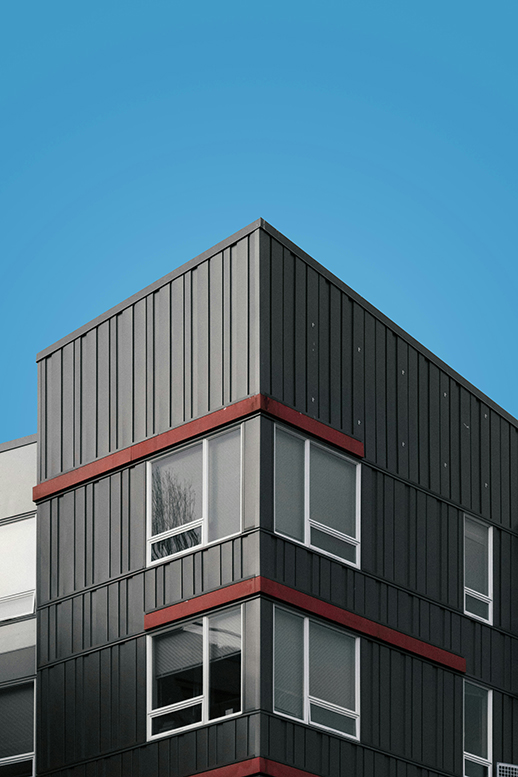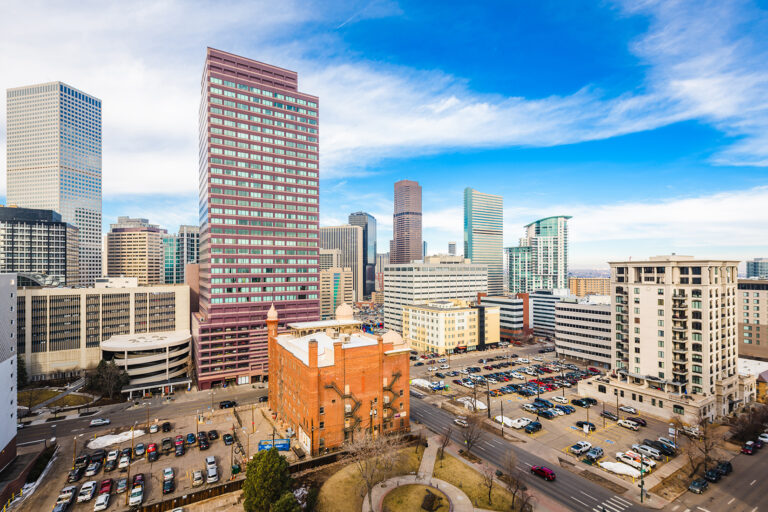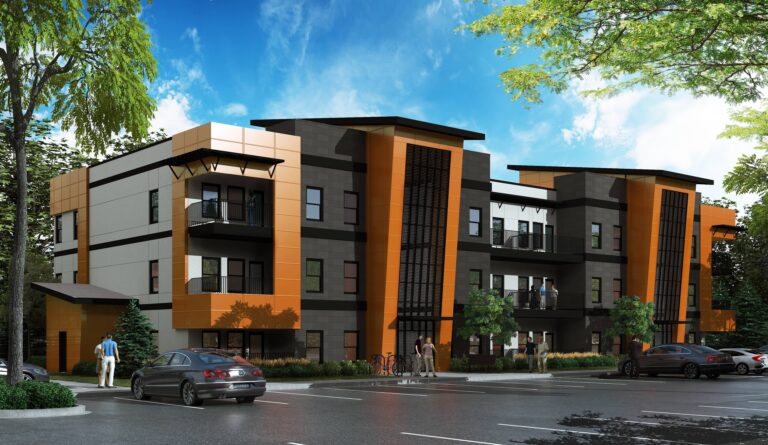By Matthew Rothstein, Bisnow Philadelphia
Inflation has finally slowed the rate of rent growth and nudged vacancy up closer to a healthy level, but the pace of construction continues to fall behind what is needed to ease the growing cost burden of rental housing.
Over 873,000 multifamily housing units were under construction across the U.S. in August, a 3.3% increase from July and 26.5% more than the year prior, according to Census Bureau data.
But August also saw 20.7% fewer units completed than July and 6.7% fewer than the previous year as the average length of construction projects looks likely to break last year’s all-time high.
More than 85% of multifamily developers have reported construction delays in the third quarter, according to National Multifamily Housing Council survey data presented by NMHC Vice President of Research Caitlin Sugrue Walter at the National Association of Real Estate Editors conference in Atlanta on Thursday.
“We’re not actually seeing those under construction numbers turn into completions, and that’s largely due to delays that started during the pandemic and continue to persist,” Walter said.
Privately owned residential buildings of at least five units have slowly been taking longer to complete for a decade now, rising from an average of just over a year in 2011 to about 16 months in 2019 and nearly 17 months in 2021, according to census data.
Nearly every supply takes longer to get to a building site now than it did in 2019, from basic materials like wood and steel to furnishings and appliances like tables and dishwashers.
“If you don’t have a fridge in your unit, you don’t get a certificate of occupancy,” Walter said.
The lengthening timeline means a bump in the completion rate may be months away. But delays cost money, and money is getting more expensive at what panelists called an unprecedented rate.
Going back to a lender for more construction financing is not as straightforward as it may have been last year and some uncompleted projects may languish.
Where worsening conditions have been most concerning is before shovels even start moving dirt.
NMHC’s developer survey found NIMBYism most often cited as the biggest impediment to getting apartments built, with 75% of respondents saying they faced neighborhood opposition.
The number of multifamily units that have been permitted but not started has risen nearly every month since last August. That month, 109,000 apartments in buildings of five or more units had been authorized, but had not begun construction, according to census data. This past August, that number had swollen by 31% to 143,000.
Opposition at a neighborhood or local government level causes an average of 7.4 months in delays and increases construction costs an average of 5.6%, NMHC research found.
Whether because of local opposition or struggles to cobble together financing to break ground, the impact of delays is felt on the bottom line — yet another factor that makes it seem impossible for rents to go down again any time soon, even as the pace of construction has risen and demand indicators have nose-dived.



